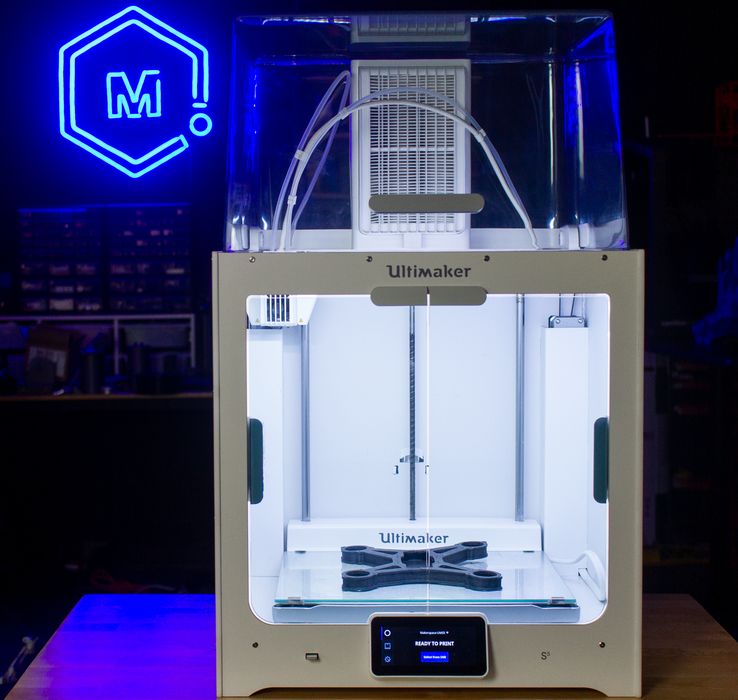
The US Navy awarded a huge contract for 3D printing equipment to MattHackers and Ultimaker.
MatterHackers said:
“MatterHackers, the largest US-based 3D retailer of desktop 3D printers and materials, was competitively awarded a five-year IDIQ contract (up to $5M) to deliver fully-deployable additive manufacturing systems (AMS) to US Navy and Marine bases across the United States and overseas.”
The deal is comprised of Ultimaker S5 3D printers, materials and services. Training for involved personnel will be undertaken by MatterHacker’s partner, Building Momentum.
MatterHackers also said:
“This is the largest military contract ever awarded for desktop 3D printers, and demonstrates the Navy’s commitment to widespread adoption of additive manufacturing. Up to 75 Tier 1 Additive Manufacturing Systems can be fielded through 2025.”
That’s quite a statement. While there have been larger deployments of desktop 3D printers, this arrangement involves the US military. A mere 75 units is actually not large for such an enormous organization, but here’s the point: this could be the beginning of something much larger.
Huge organizations take a long time to make decisions, but often take even longer to unmake them. Should the equipment prove valuable, there is little doubt it could be expanded within the US Navy, and indeed other branches of the US military, which are no doubt observing this project.
That’s almost a long-term guarantee of business for both MatterHackers and Ultimaker.
Note, however, that this was awarded based on a competitive bid. Additional equipment is very likely also to follow a competitive process, in which MatterHackers must compete to win. Having won the first award, they are clearly in a good position to bid on follow on expansions.
Meanwhile, Ultimaker will likely win regardless, if the US Navy continues to use their equipment and materials regime. This is likely as the use of standard equipment is always a good idea; having multiple providers causes long term operating cost increases due to doubled training, different sets of materials, etc.
The other important point about this development is that a very large and important organization, the US Navy, has committed to use desktop 3D printers. While that might not seem particularly notable, it definitely is when you consider how far the industry has come over the past several years.
We can now confidently state that current desktop 3D printing is more than sufficient for wide use by the US military, and by extension, everyone else, too.
That’s not something that could have been said with a straight face years ago.
But today it’s a new world.
Via MatterHackers and Ultimaker
